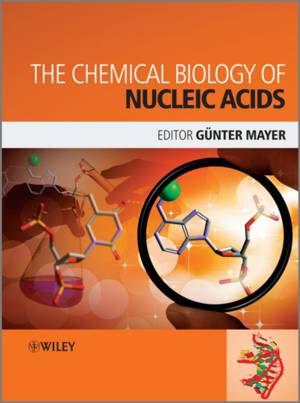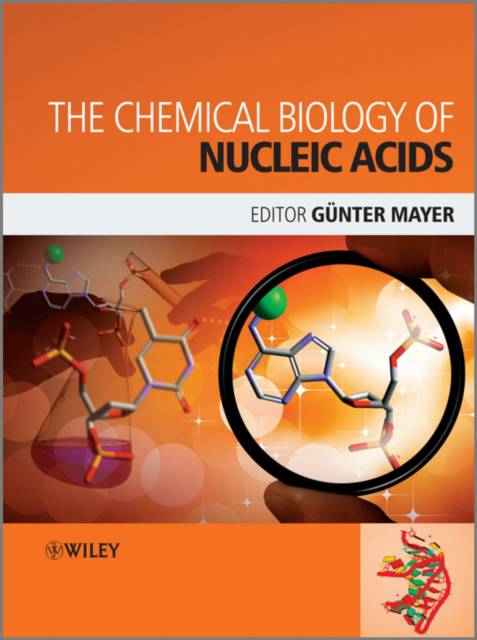
- Retrait gratuit dans votre magasin Club
- 7.000.000 titres dans notre catalogue
- Payer en toute sécurité
- Toujours un magasin près de chez vous
- Retrait gratuit dans votre magasin Club
- 7.000.000 titres dans notre catalogue
- Payer en toute sécurité
- Toujours un magasin près de chez vous
Description
With extensive coverage of synthesis techniques and applications, this text describes chemical biology techniques which have gained significant impetus during the last five years. It focuses on the methods for obtaining modified and native nucleic acids, and their biological applications. Topics covered include:
- chemical synthesis of modified RNA
- expansion of the genetic alphabet in nucleic acids by creating new base pairs
- chemical biology of DNA replication: probing DNA polymerase selectivity mechanisms with modified nucleotides
- nucleic-acid-templated chemistry
- chemical biology of peptide nucleic acids (PNA)
- the interactions of small molecules with DNA and RNA
- the architectural modules of folded RNAs
- genesis and biological applications of locked nucleic acid (LNA)
- small non-coding RNA in bacteria
- microRNA-guided gene silencing
- nucleic acids based therapies
- innate immune recognition of nucleic acid
- light-responsive nucleic acids for the spatiotemporal control of biological processes
- DNA methylation
- frameworks for programming RNA devices
- RNA as a catalyst: The Diels-Alderase-Ribozyme
- evolving an understanding of RNA function by in vitro approaches
- the chemical biology of aptamers: synthesis and applications
- nucleic acids as detection tools
- bacterial riboswitch discovery and analysis
The Chemical Biology of Nucleic Acids is an essential compendium of the synthesis of nucleic acids and their biological applications for bioorganic chemists, chemical biologists, medicinal chemists, cell biologists, and molecular biologists.
Spécifications
Parties prenantes
- Auteur(s) :
- Editeur:
Contenu
- Nombre de pages :
- 480
- Langue:
- Anglais
Caractéristiques
- EAN:
- 9780470519745
- Date de parution :
- 02-08-10
- Format:
- Livre relié
- Format numérique:
- Genaaid
- Dimensions :
- 196 mm x 254 mm
- Poids :
- 1111 g







